Leading market players are investing heavily in research and development in order to expand their product lines, which will help the rheology modifiers market grow even more. Market participants are also undertaking various strategic activities to expand their footprint, with important market developments including new product launches, contractual agreements, mergers and acquisitions, higher investments, and collaboration with other organizations. The rheology modifiers industry must offer cost-effective items to expand and survive in a more competitive and rising market climate.
Manufacturing locally to minimize operational costs is one of the key business tactics manufacturers use in the rheology modifiers industry to benefit clients and increase the market sector. The rheology modifiers industry has offered some of the most significant advantages in recent years.
Major players in the rheology modifiers market, including BASF SE (Germany), Arkema S.A.(France), Clariant (Switzerland), The Dow Chemical Company (U.S.), Elementis plc (U.K.), Akzo Nobel N.V. (the Netherlands), The Lubrizol Corporation (U.S.), Croda International Plc (U.K.), Ashland (U.S), and Air Products and Chemicals, Inc (U.S.) and others, are attempting to increase market demand by investing in research and development operations.
German company BASF SE, At BASF, they believe that everyone has potential and that our people are the key to our long-term success. We achieve this by providing our workers with the tools, guidance, and opportunities they need to develop and flourish in both their professional and personal lives. We foster chemistry by providing you with the support needed to operate at your best and accomplish your objectives.
Ashland (US), International additives and specialty ingredients company Ashland (NYSE: ASH) is actively working to improve the world. It is focused on the consumer market. It serve clients in the pharmaceutical, personal care, architectural coatings, construction, energy, food, beverage, and nutraceutical industries through science and a conscientious and proactive mindset for sustainability. At Ashland are a team of about 3,900 passionate, persistent problem-solvers who get great satisfaction from creating workable, cutting-edge, and sophisticated solutions for clients in more than 100 nations. More than just abstract concepts, vision, mission, and way are real. They serve as foundational values.
At Ashland, all share a fundamental desire to find solutions to technical issues that produce ground-breaking capabilities and expand the realm of the possible. We are dedicated to one another, communities, safety, sustainability, and a host of other things. Here are a few examples of how it have lived the Ashland Way. Its agenda for growth is shaped by megatrends. To meet the rising demands of customers for sustainable ingredients and help them achieve their environmental objectives, technology and ESG-enablement are driving forces. Using OECD guidelines, more than 80% of portfolio is natural, derived from nature, inherently biodegradable, or sustainable.
The success depends on achieving innovation goals, and it have a strong innovation culture and capability.
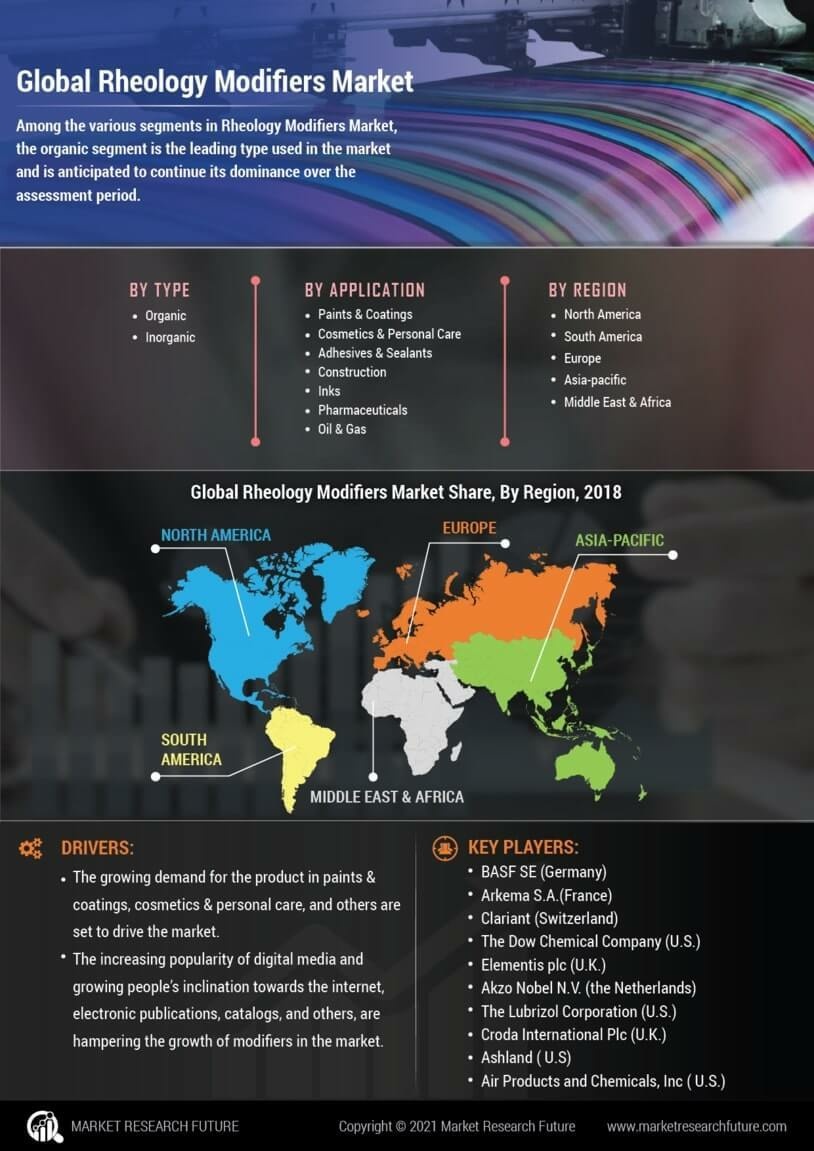

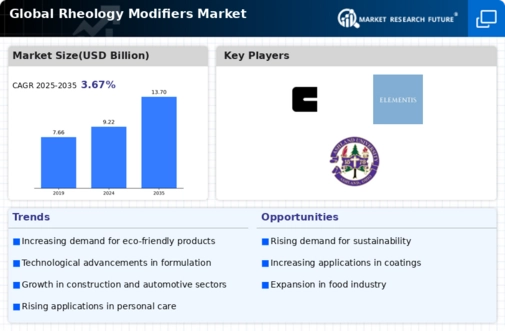
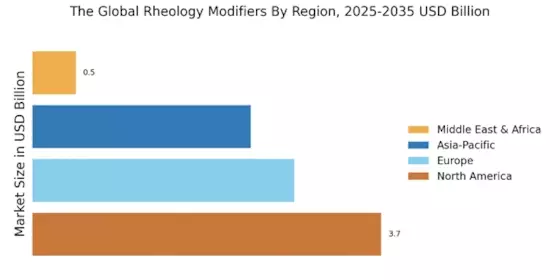
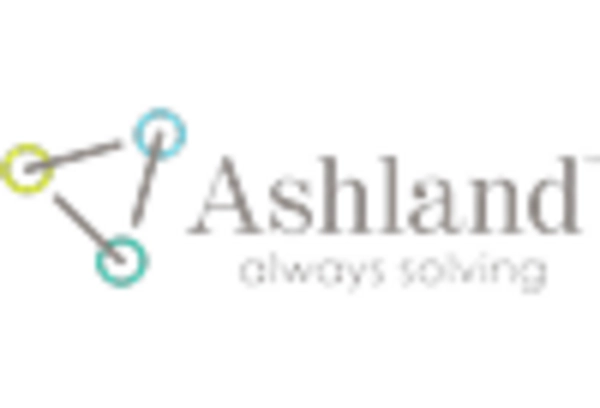

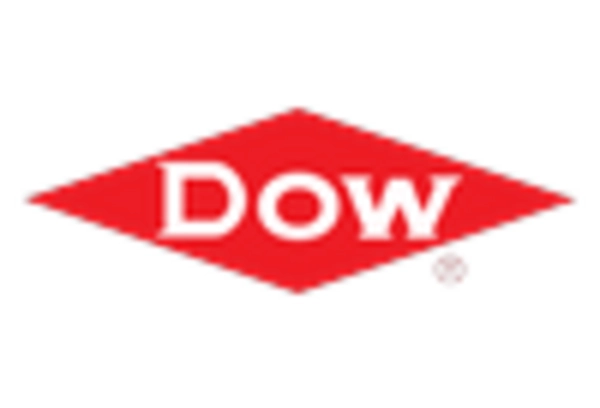
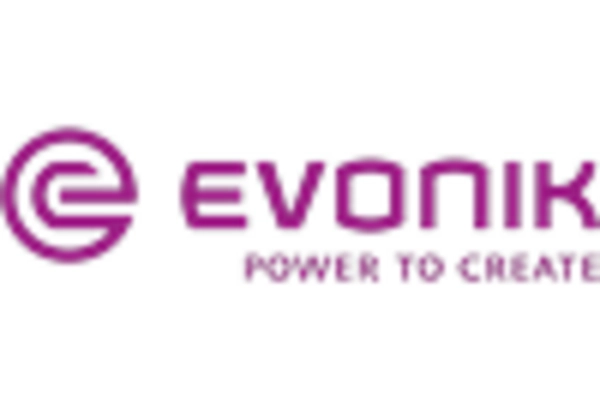
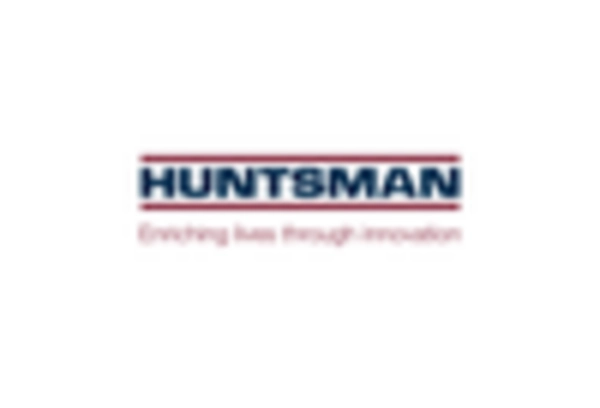
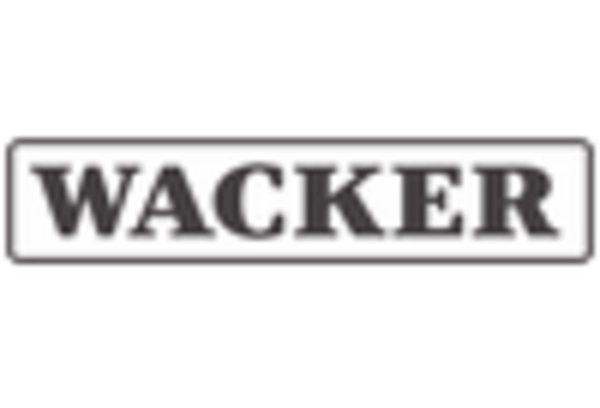








Leave a Comment